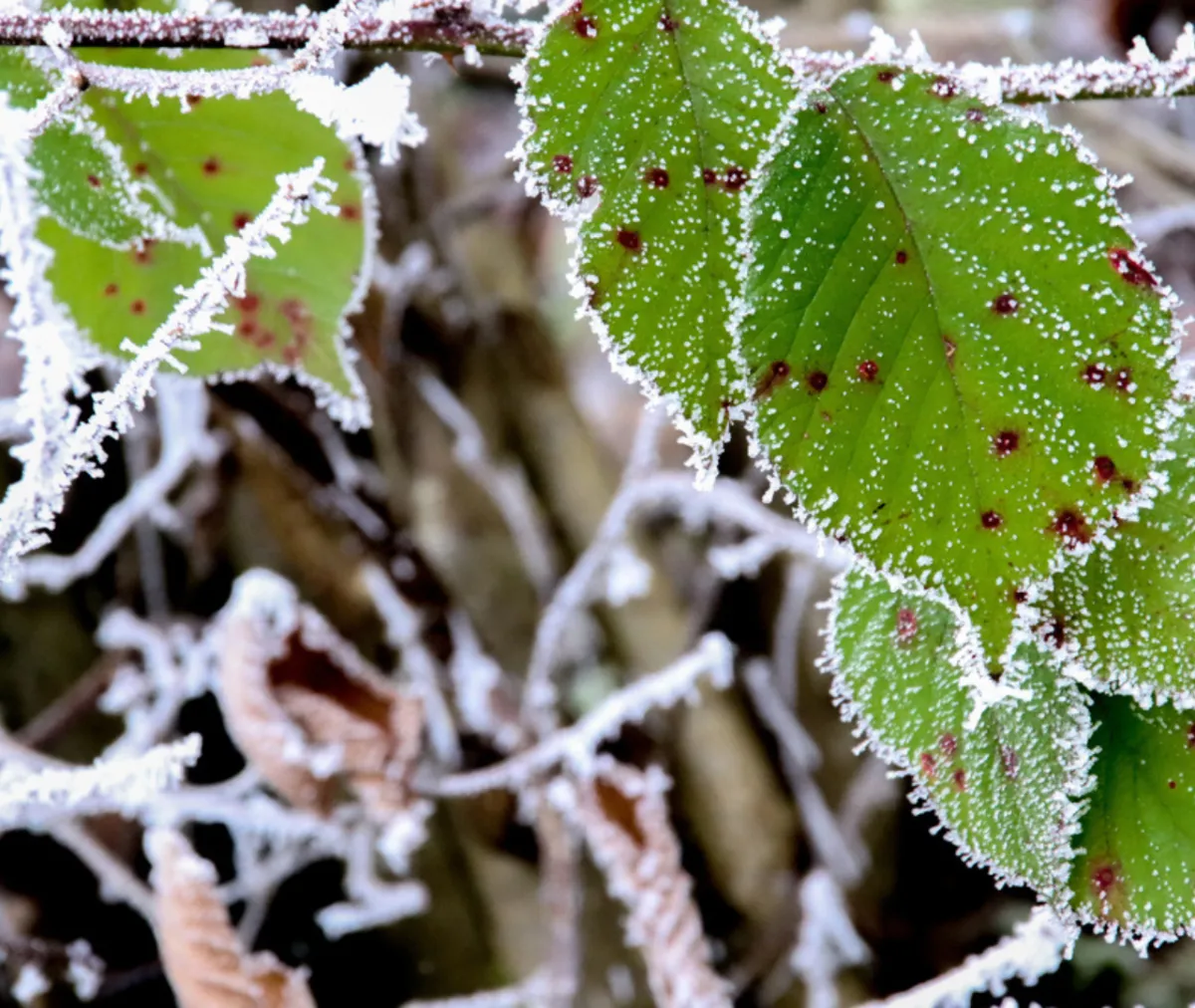
Common Signs of Infestation in Early Cold Weather
As temperatures drop and the crisp air of early cold weather sets in, many animals and insects begin seeking shelter. This seasonal behavior often leads pests to move indoors, looking for warmth, food, and safety. Recognizing the common signs of infestation during this time can help homeowners and property managers take early action, preventing more extensive issues later in the season.
Why Early Cold Weather Triggers Pest Movement
When outdoor temperatures begin to fall, natural food sources for pests become scarce, and the environment becomes less hospitable. Many pests—from rodents to insects—respond by searching for new habitats that offer consistent warmth and access to nourishment. This shift often brings them into buildings, where conditions are more stable.
Identifying the early signs of infestation is crucial because it allows for timely intervention before populations grow and damage increases.
Common Indoor Signs of Pest Activity
Droppings and Urine Stains
One of the most obvious indicators of rodents such as mice and rats is the presence of droppings. These small, pellet-like feces are often found along baseboards, inside cupboards, or near food storage areas. Urine stains may be visible as darkened or discolored spots, and a strong, musky odor can sometimes accompany heavy infestations.
Gnaw Marks and Chewed Materials
Rodents and some insects continuously gnaw to maintain their teeth and access food. Look for chewed wires, packaging, wooden furniture, or insulation. Fresh gnaw marks are usually lighter in color and appear shiny.
Nesting Materials
Pests build nests using available materials such as shredded paper, fabric fibers, dried leaves, or insulation. Discovering piles of these materials in hidden corners, attics, or behind appliances can signal an active infestation.
Unusual Sounds
Scratching, scurrying, or squeaking noises—especially at night—may indicate rodents moving within walls, ceilings, or under floors. Insects such as termites may produce faint rustling sounds in wooden structures.
Tracks and Smudge Marks
In dusty or less-frequented areas, rodents leave footprints or tail drag marks. Additionally, grease or oil from their fur can leave smudge marks along walls or baseboards where they travel regularly.
Presence of Live or Dead Insects
Seeing live insects indoors, such as cockroaches, ants, or spiders, can be a direct sign of infestation. Dead insects or shed exoskeletons may also accumulate in hidden areas.
Mud Tubes and Soil Displacement
For termites and certain burrowing pests, mud tubes constructed on foundations or soil displacement near the building perimeter indicate active tunneling and colony expansion.
Swarmers or Winged Insects
Termite swarmers or winged ants emerging indoors during cooler months are a sign of mature colonies nearby.
Outdoor Signs Near the Home
Early pest activity can also be detected by observing conditions around the property:
Fresh Animal Tracks or Burrows: Rodents and other small mammals dig burrows near foundations or create runways in landscaping.
Damaged Vegetation: Chewed leaves, bark, or fruits may indicate pest presence.
Increased Pest Sightings: More frequent sightings of rodents, insects, or pest birds around the yard or garbage areas.
Damaged Mulch or Woodpiles: Termites and other pests thrive in mulch or stacked wood, especially if moist.
Preventive Measures for Early Detection and Control
Regular inspection during early cold weather offers the best opportunity to catch infestations before they worsen. Some tips include:
Routine Walkthroughs: Check common entry points like doors, windows, vents, and foundation cracks for signs of pests.
Monitor Food Storage: Keep food sealed and clean, limiting attractants.
Clear Clutter: Reduce hiding places inside and outside the home.
Maintain Yard Hygiene: Remove debris, trim vegetation, and store firewood away from structures.
Set Traps or Monitoring Devices: Early placement of traps can help detect and reduce pest populations.
Engage Professionals: Pest control experts can perform thorough inspections and recommend tailored interventions.
Conclusion
Early cold weather signals a shift in pest behavior as they seek warmth and food indoors. Recognizing common signs such as droppings, gnaw marks, nesting materials, unusual sounds, and the presence of live or dead insects is vital for timely response. Regular monitoring of both indoor and outdoor environments combined with preventive maintenance creates a strong defense against infestations. Acting early not only protects property but also ensures comfort and safety throughout the colder months.